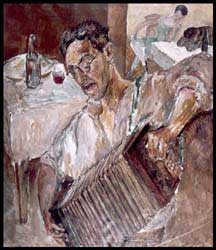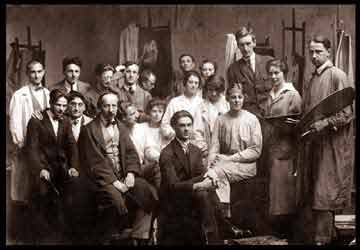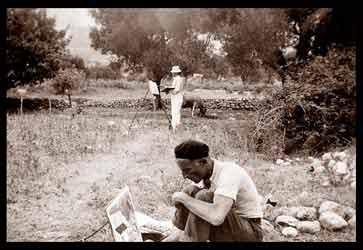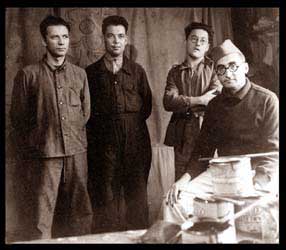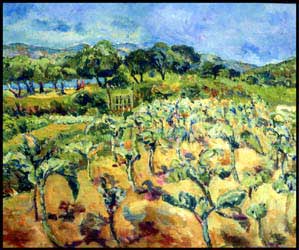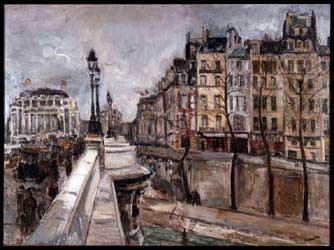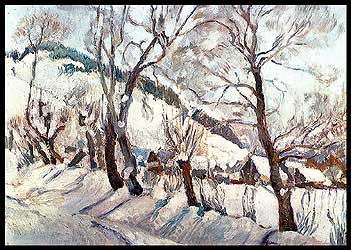

Ljiljana Stojanović
KOSTA HAKMAN
1899-1961
Even before the First World War, Belgrade, like a „Piedmont of South Slavs“, attracted artists of various nationalities (Meštrović, Becić, Murat, Grohar). After the war, from 1918 onward, the capital of the new state, Belgrade became a natural center that artists from all parts of our country were oriented towards. Due to its new function and position Belgrade became the attractive nucleus of the new heterogeneous organism; such a position also influenced its demographic development. It gradually began developing into a modern European metropolis, drawing artists from all our regions and giving them the opportunity to affirm themselves. Belgrade as a place to create in was soon embraced by Milo Milunović, Petar Lubarda, Sreten Stojanović, Toma Rosandić, Nedeljko Gvozdenović, Jovan Bijelić, Jerolim Miše, Mihailo Vukotić, Ignjat Job, Anton Huter, Lojze Dolinar, Petar Palavičini, Marino Tartalja, Lazar Ličenoski and many others.
Some of them just passed through the town, others stayed for a longer or shorter while; most came as soon as they graduated, or even completed their schooling there and then chose to stay.
Many of them are almost impossible to separate from the art of the Belgrade circle, for although born in other regions—Montenegro, Croatia, Bosnia and Macedonia—their work marked the culture of Belgrade.
However, the fact that they were educated in different European centers, contributed to the broadness of their artistic ideas and variety of artistic directions. And so there are a great many artists in Belgrade that we call Serbian and Yugoslav, but there are also more and more of those that we may call Yugoslav and European.
In the continuity of contemporary Yugoslav art, among the authors whose work is built into the foundations of Belgrade's artistic culture, we must not omit to mention the name of Kosta Hakman. Born in Bosnia, educated in Europe, he spent most of the creative period of his life in Belgrade and reached the very summit of Belgrade painting between the two great wars.
• Short biography
of Kosta Hakman •
Life and work:
• 1899-1924: Young days and education of Kosta Hakman •
• 1925-1940: Belgrade, Paris, Belgrade •
• 1941-1961: War and post-war years •
• Exhibitions •
• Literature •
©2003-2004 Project Rastko, TIA Janus (Belgrade), Hakman
family and other copyright holders.
No part of this site can be used or distributed without permission.
